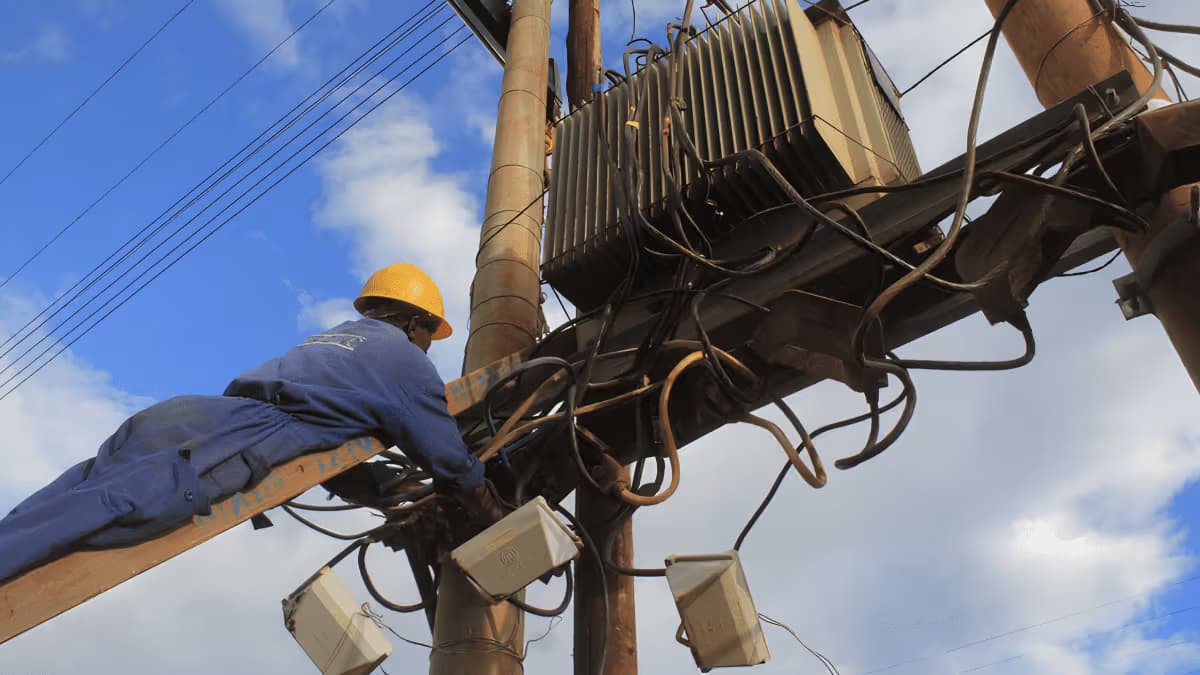We're loading the full news article for you. This includes the article content, images, author information, and related articles.
Kenya Power has scheduled an eight-hour blackout in parts of Nairobi and an eleven-hour outage in Bungoma for Tuesday, impacting homes, businesses, and essential services like hospitals and schools.

Kenya Power and Lighting Company (KPLC) has announced planned electricity interruptions for Tuesday, October 28, 2025, affecting specific areas in Nairobi and Bungoma counties for routine network maintenance. The utility company stated the shutdowns are necessary to enhance service reliability and improve the electricity grid's quality.
In a notice issued on Monday, October 27, 2025, Kenya Power detailed that the interruptions are conducted under Rule 27 of the Electric Power Rules to facilitate system upgrades, connect new customers, and replace infrastructure. These routine maintenance activities are part of a broader strategy to prevent more frequent, unplanned blackouts that have previously caused significant economic disruption.
Nairobi County:
The power outage is scheduled from 9:00 AM to 5:00 PM EAT. The main area affected is along Catherine Ndereba Road in the Pipeline neighbourhood. Key institutions and businesses that will be without power include:
Bungoma County:
A longer interruption is planned for parts of Bungoma, running from 8:30 AM to 7:30 PM EAT. The outage will impact customers in the Kimilili and Misikhu areas. The specific locations include:
Kenya Power has advised residents and businesses in all the listed locations to make alternative arrangements to minimize inconvenience during the maintenance period.
Planned power outages are a regular occurrence in Kenya as KPLC works to maintain an aging grid and expand its network to meet growing demand. The country's electrification rate has grown significantly, reaching nearly 75% in 2024, up from 23% in 2013. This expansion necessitates continuous upgrades and maintenance to ensure grid stability.
However, these interruptions, both planned and unplanned, have a tangible economic impact. Small and medium-sized enterprises (SMEs) such as salons, cyber cafes, and welding workshops are often the hardest hit, reporting significant financial losses due to operational downtime. A 2020 study highlighted a significant negative relationship between power outages and the profitability of Kenyan firms. For larger commercial and industrial consumers, which account for over half of the nation's electricity consumption, the financial losses from outages can amount to millions of shillings per hour in lost productivity.
The Energy and Petroleum Regulatory Authority (EPRA) oversees the sector, ensuring transparency and fair pricing while KPLC manages the distribution network. While the utility frames these shutdowns as essential for long-term stability, stakeholders consistently call for improved communication and measures to mitigate the adverse effects on the economy. The government's agenda, including the Bottom-Up Economic Transformation Agenda (BETA) and Vision 2030, relies heavily on a stable and reliable energy supply to power economic growth and industrialization.
Keep the conversation in one place—threads here stay linked to the story and in the forums.
Other hot threads
E-sports and Gaming Community in Kenya
Active 6 months ago
Popular Recreational Activities Across Counties
Active 6 months ago
The Role of Technology in Modern Agriculture (AgriTech)
Active 6 months ago
Investing in Youth Sports Development Programs
Active 6 months ago